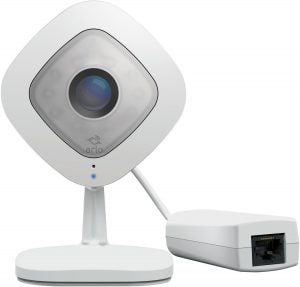How do I power the Arlo Q Plus via Ethernet?
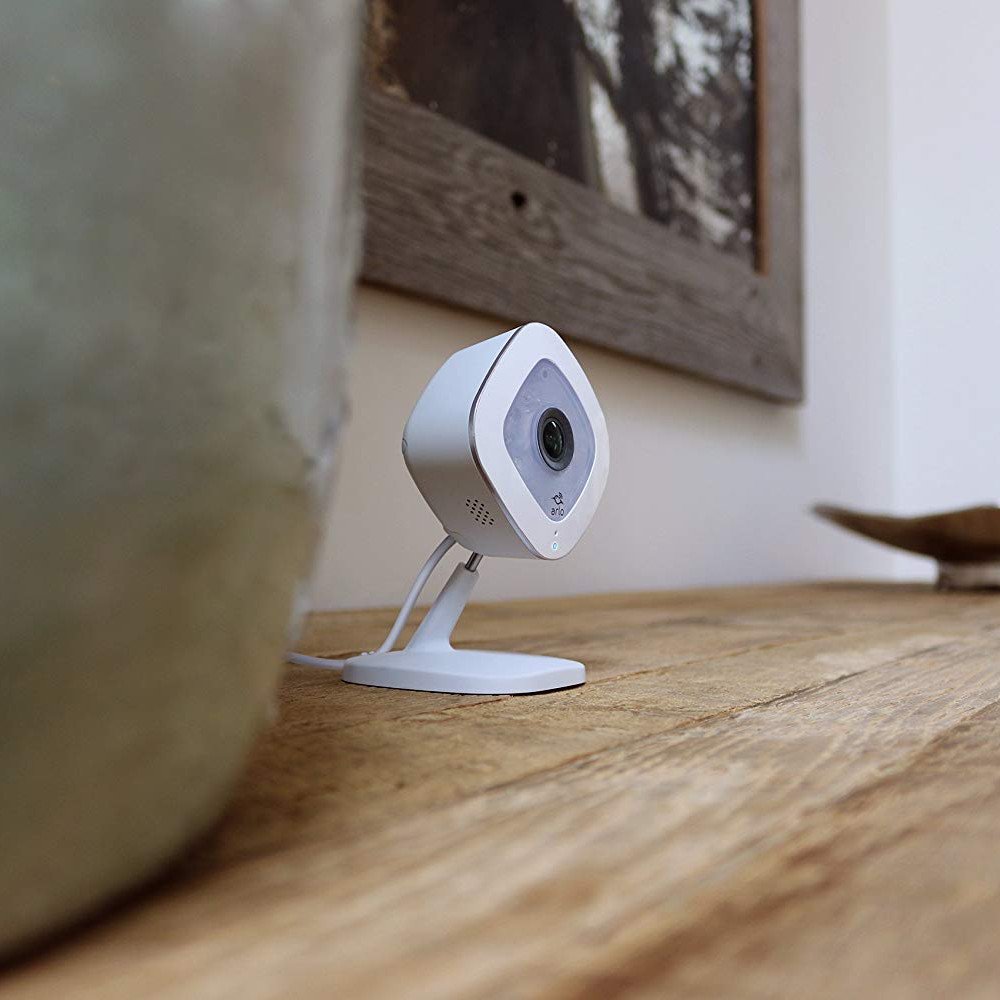
A camera only works when it has power, and the Netgear Arlo Q Plus is a camera that can receive its power two ways: via the included USB cable/power brick, or via Power over Ethernet, commonly called PoE. Now, PoE can seem a little confusing and intimidating, but with it providing both power and internet to your Arlo Q Plus, you don't have to worry about anything interfering with your Wi-Fi signal or the batteries running dead while you're away on vacation. So, let's set it up, shall we?
Products used in this guide
- Amazon: Netgear Arlo Q Plus ($200)
- Amazon: TP-Link 5-Port Gigabit Ethernet PoE Desktop Switch ($60)
- Amazon: (2) Mediabridge Ethernet Cable, 25ft ($14; 2 x $7/each)
How to power an Arlo Q Plus camera with PoE (Power over Ethernet)
- Position your Arlo Q Plus camera and ensure you have a long enough ethernet cable to run from the camera's desired location to the POE switch.
- Plug the included PoE adapter into the PoE port on your Arlo Q Plus camera.
- Plug one end of your Ethernet cable into the PoE adapter.
- Run your ethernet cable along the wall from your Arlo Q Plus camera to your PoE switch.
- Plug the other end of the Ethernet cable into Ethernet port 1 on your PoE switch.
- Plug one end of the second Ethernet cable into an open LAN port on your router.
- Plug the other end of the second Ethernet cable in Ethernet port 5 on your PoE switch.
- Plug the power adapter that came with the PoE switch into the designated port on the back of the PoE switch.
The TP-Link PoE switch should boot up once it has power, and should automatically detect and configure itself based on what is plugged into it, and after a minute or so, your Arlo Q Plus should power up and be ready for regular configuration through the Alro Android app.
Our top equipment picks
Running a power cable and an Ethernet cable for a camera can be tedious and annoying, and power cables usually only come in one length, whereas an Ethernet cable can be as long or as short as you need it to be. Netgear knows this quite well, being the networking powerhouse they are, which is why when they built the Arlo Q Plus, they enabled it for PoE so that their customers could cut down on the cord clutter and the power headaches.
Of course, PoE requires still requires a switch to put the Power into Power over Ethernet. While some PoE injectors can be slightly less expensive than a PoE switch, a PoE switch has the added functionality of a network switch, should you need more Ethernet ports than your router can support — I'm looking at you, Google Wifi — or should you need an Ethernet hub in a room your router isn't in.
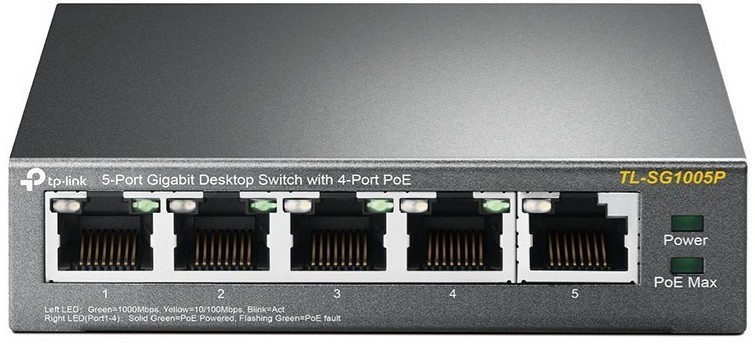
Expand your reach beyond the AC outlet
This top-rated desktop switch is loved by IT professionals and home networking enthusiasts alike. There's a port configuration for everyone, but for most homes, this tidy little 5-port switch is the perfect size at a perfectly decent price.
While Netgear does make some quality PoE switches, they aren't quite as compact or affordable as this 5-port TP-Link switch. Now, with this and just about every other 5-port PoE switch, only four ports 1-4 here are PoE, because at least one of the cables coming into the switch is coming from the router and thus already has all the power it needs.
Cables and cable management
Get the latest news from Android Central, your trusted companion in the world of Android
We'll also need two standard CAT5 Ethernet cables — one from camera to PoE switch, one from PoE switch to the router — but you may already have an Ethernet cable or ten in a drawer that's already more than long enough. After all, Ethernet cables come with most routers, cable modems, as well as many consoles, computers, set-top boxes, printers, and miscellaneous smart home gadgetry.
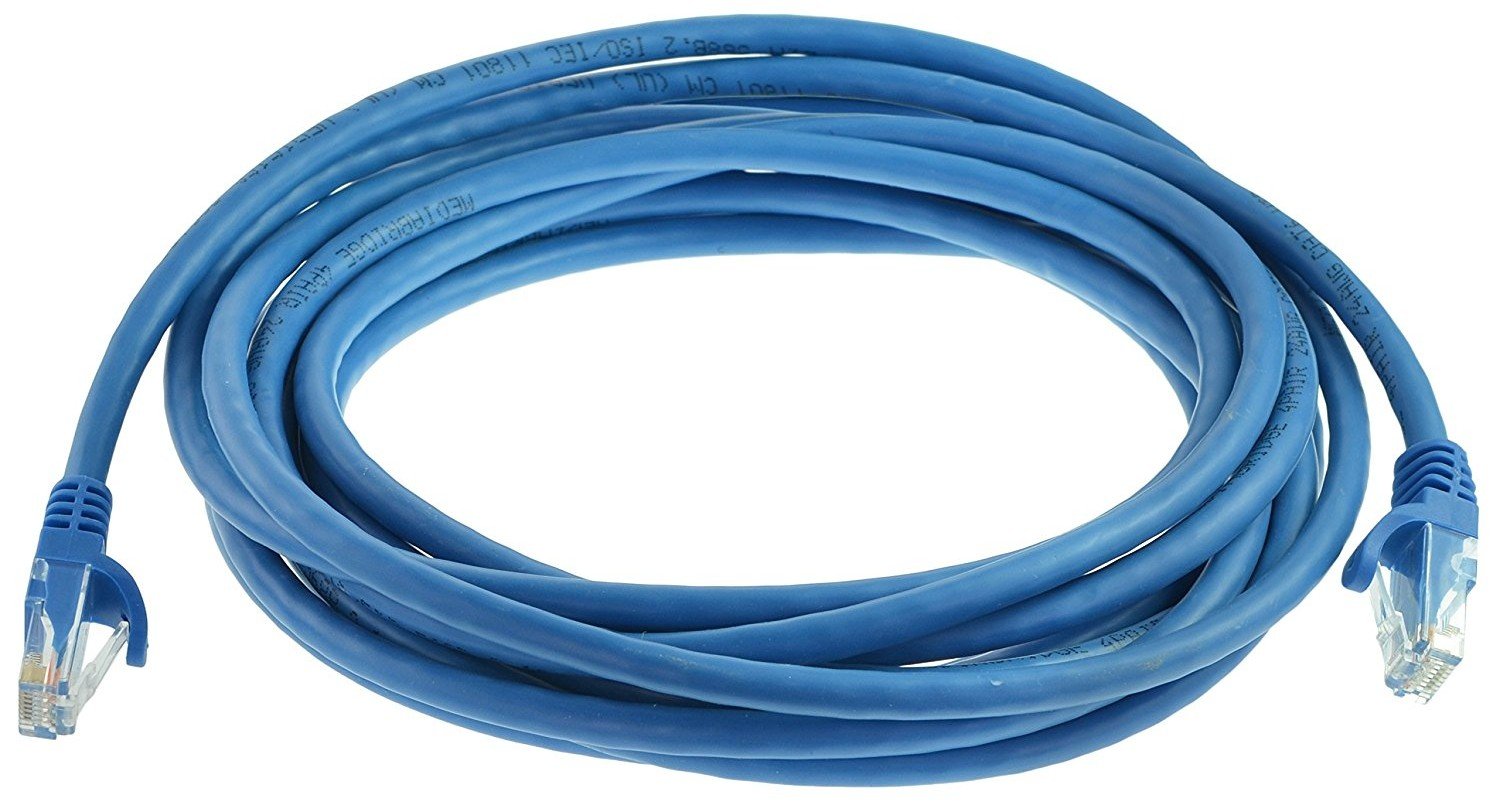
Mediabridge Ethernet Cable, 25ft ($7 at Amazon)
If you don't have enough Ethernet cables already — or you don't have one long enough — Mediabridge has cables ranging from 3 to 100 feet long for you.
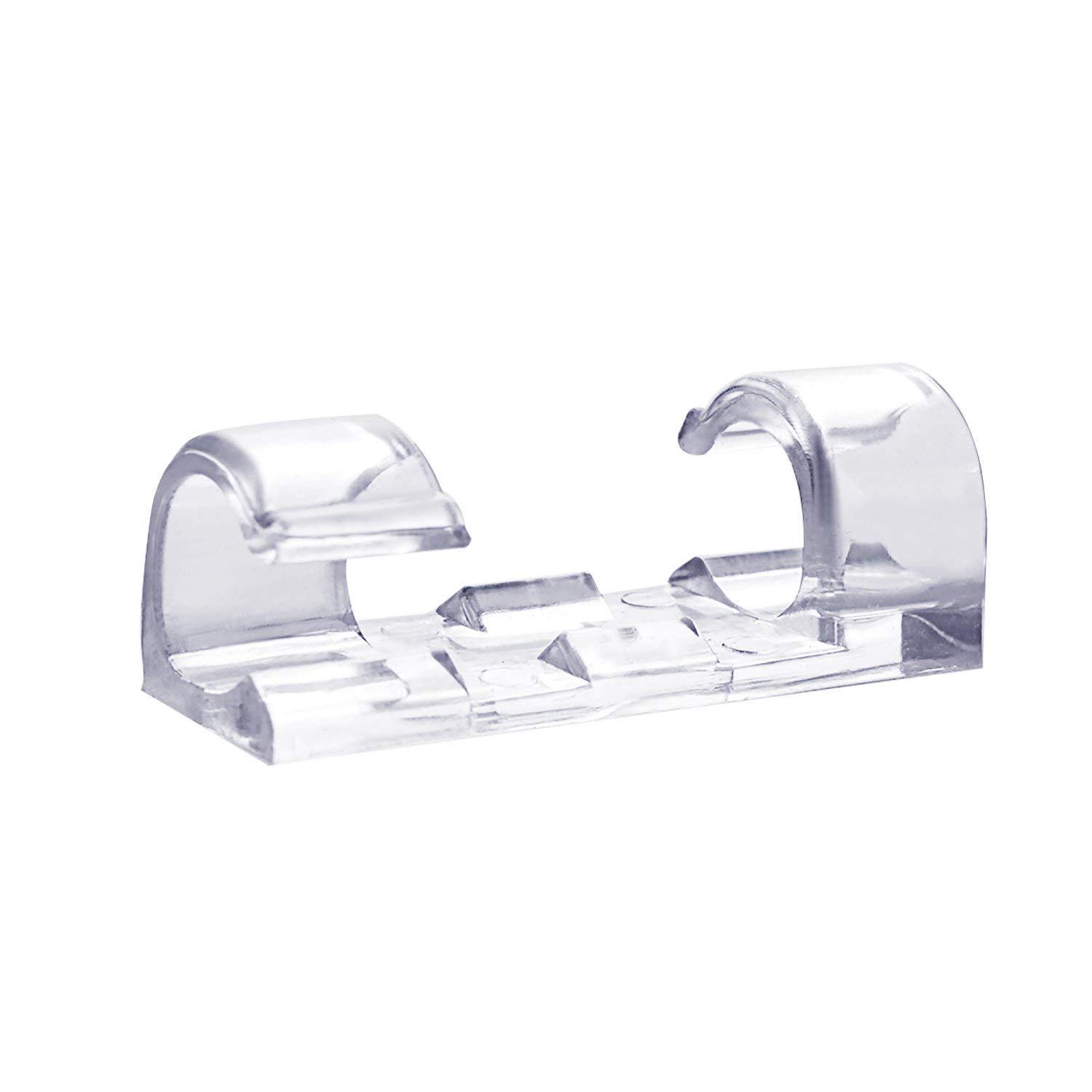
EyeIslet Transparent Self-Adhesive Cable Clips, 20-pack ($8 at Amazon)
Whether you're running your cable across the floorboards, around corners, or across the ceiling, these 3M-style clips are easy to apply and perfectly sized for an Ethernet cable.
Ara Wagoner was a staff writer at Android Central. She themes phones and pokes YouTube Music with a stick. When she's not writing about cases, Chromebooks, or customization, she's wandering around Walt Disney World. If you see her without headphones, RUN. You can follow her on Twitter at @arawagco.
